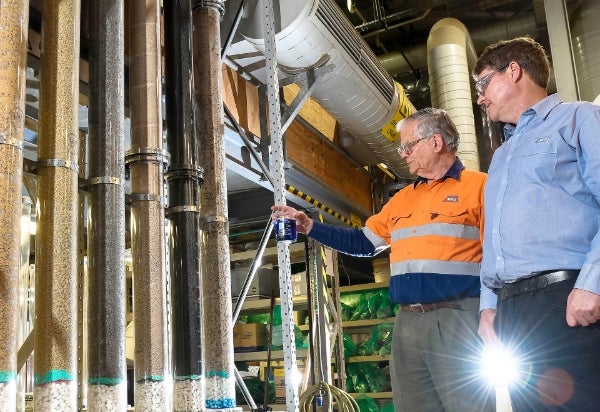
Draslovka Holding a.s. (“Draslovka” or “the Company”), a Czech family-owned global leader in CN-based specialty chemicals, including sustainable solutions for the metal mining industry, is pleased to announce that its cutting-edge glycine leaching technology has been selected to be part of the OZ Minerals’ Think & Act Differently (“TAD”) incubator and their Waste-to-Value Challenge. The Challenge sees Rio Tinto and Boliden working in collaboration with OZ Minerals to eliminate, minimise, reuse, or find new value in mine tailings and ultimately reduce the global carbon footprint of the mining industry.
The Waste-to-Value Challenge aims to unlock innovative technologies for managing tailings, helping the mining industry to reduce risk while extracting more of the materials the world needs from what was previously regarded as waste for the energy transition at large. Benefits that the initiative hopes to deliver include lower emissions and reduced waste.
Draslovka offers a range of sustainable solutions to the global mining industry, and its glycine leaching technology (branded as our GlyLeachTM and GlyCat™ Processes) represents the best environmentally friendly alternative to traditional acid and cyanide leaching. Due to its selectivity over gangue minerals and the recyclability of glycine, it enables the recovery of both base and precious metals from lower grade resources like tailings. This leads to a more sustainable production process and improved economics that are desperately needed to close the looming critical metal supply deficit.
Ivor Bryan, Draslovka’s Mining Innovation Director, said:
“I am proud that Draslovka has been invited to participate in the Waste-to-Value Challenge with forward looking companies that understand the need to reimagine solutions for the mining industry. This aligns with our ambition to become the leading supplier for innovative and sustainable solutions for the wider mining industry.”
About Glycine leaching
Glycine is a non-toxic chemical that is fully bio-degradable. As an example, it is used as a feed supplement in animals as well as therapeutically to reduce inflammation in humans. It is a slightly sweet tasting crystalline solid that looks like sugar. Glycine is a readily available chemical that is manufactured in large quantities in the USA, Germany, Japan, China, and India and finds it principal use in the formulation of herbicides, a food supplement, and nutrient. Glycine can leach most of the nonferrous transition base metals, specifically copper, but also nickel, cobalt and zinc. Among the common manufacturing processes to obtain glycine is combining formaldehyde and ammonia along with hydrogen cyanide (HCN), a key Draslovka product. Another manufacturing method is to combine chloroacetic acid and ammonia.

